How to Be Less Reactive: Check the Facts
It is more likely than not, that we have all had times where we have all looked back on a situation and realized we may have overreacted. It is incredibly common for people to be more reactive in situations that are emotionally charged. When we are emotionally charged, it can be difficult for us to see the facts of a situation. We often go into defense mode and lose all sight of where the conversation began. One helpful emotion regulation/reaction technique is to “Check the Facts.” This is a dialectical behavior therapy (DBT) technique which is used to recognize your emotions, analyze your emotional urges, and objectively analyze the situation to see if your emotional reaction fits the facts of the situation.
Why Check the Facts?
There are two main benefits to checking the facts:
It can improve your relationships and interpersonal interactions. Open and effective communication builds connection and reduces conflict. The more positive interactions you have with others, the more likely others will want to interact with you. This not only improves friendships and relationships, but also connections within the workplace.
It can improve your own wellbeing. When we check the facts, we essentially are doing a perception check. Checking the facts can aid in you realizing you misinterpreted a situation or interaction. This can help you understand where your loved ones are coming from and that they may not have been trying to hurt you with the things they have said or done. This can lead to us feeling more connected and more understood by those around us – lessening feels of loneliness or isolation.
How to Check the Facts
Marsha M. Linehan, the founder of DBT, offers a clear guide to checking the facts in her book, DBT Skills Training Handouts and Worksheets. Linehan advises to ask the following questions:
What is the emotion I want to change?
What is the event prompting my emotion?
Describe the facts you observed through senses (sight, sound, smell, touch, and taste).
Challenge judgements, black-and-white thinking, and absolutes.
What are my interpretations, thoughts, and assumptions about the event?
Consider other possible interpretations.
Practice looking at all sides of the situation and all points of view.
Test your assumptions and interpretations to see if they fit the facts.
Am I assuming a threat?
Label the threat.
Assess the probability that the threatening event will really occur.
Think of as many other possible outcomes as you can.
What’s the catastrophe?
Imagine the worst possible outcome really occurring.
Imagine coping through the catastrophe (through problem solving, coping ahead, and radical acceptance).
Does my emotion and/or its intensity fit the actual facts?
Check out facts that fit each emotion.
-Kelsey Cambern, LMSW
